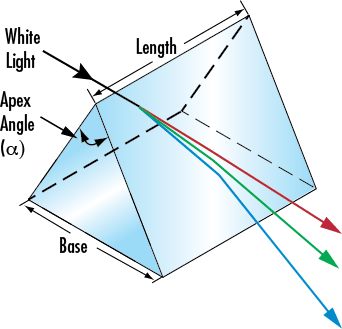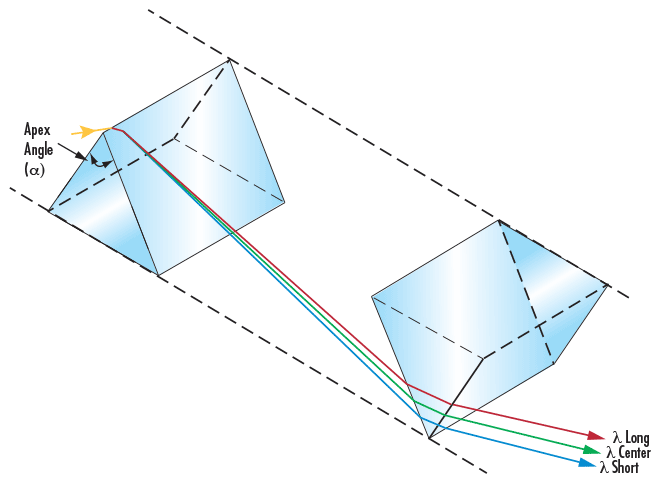
Ultrafast Dispersion-Compensating Prisms are designed for the unique demands of ultrashort pulse laser systems and are available with a range of dispersive properties. When used intracavity, Ultrafast Dispersion-Compensating Prisms can compensate for the dispersion caused by light passing through the fixed cavity optics. When used extracavity, these prisms are used to manipulate pulse characteristics. The Group Velocity Dispersion (GVD) term determines how much a broadband pulse spectrally stretches or compresses and should be chosen depending on the laser source used or the application’s dispersion requirements.


Edmund Optics offers comprehensive custom manufacturing services for optical and imaging components tailored to your specific application requirements. Whether in the prototyping phase or preparing for full-scale production, we provide flexible solutions to meet your needs. Our experienced engineers are here to assist—from concept to completion.
Our capabilities include:
Learn more about our custom manufacturing capabilities or submit an inquiry here.
or view regional numbers
QUOTE TOOL
enter stock numbers to begin
Copyright 2024, Edmund Optics Singapore Pte. Ltd, 18 Woodlands Loop #04-00, Singapore 738100
California Consumer Privacy Acts (CCPA): Do Not Sell or Share My Personal Information
California Transparency in Supply Chains Act
The FUTURE Depends On Optics®